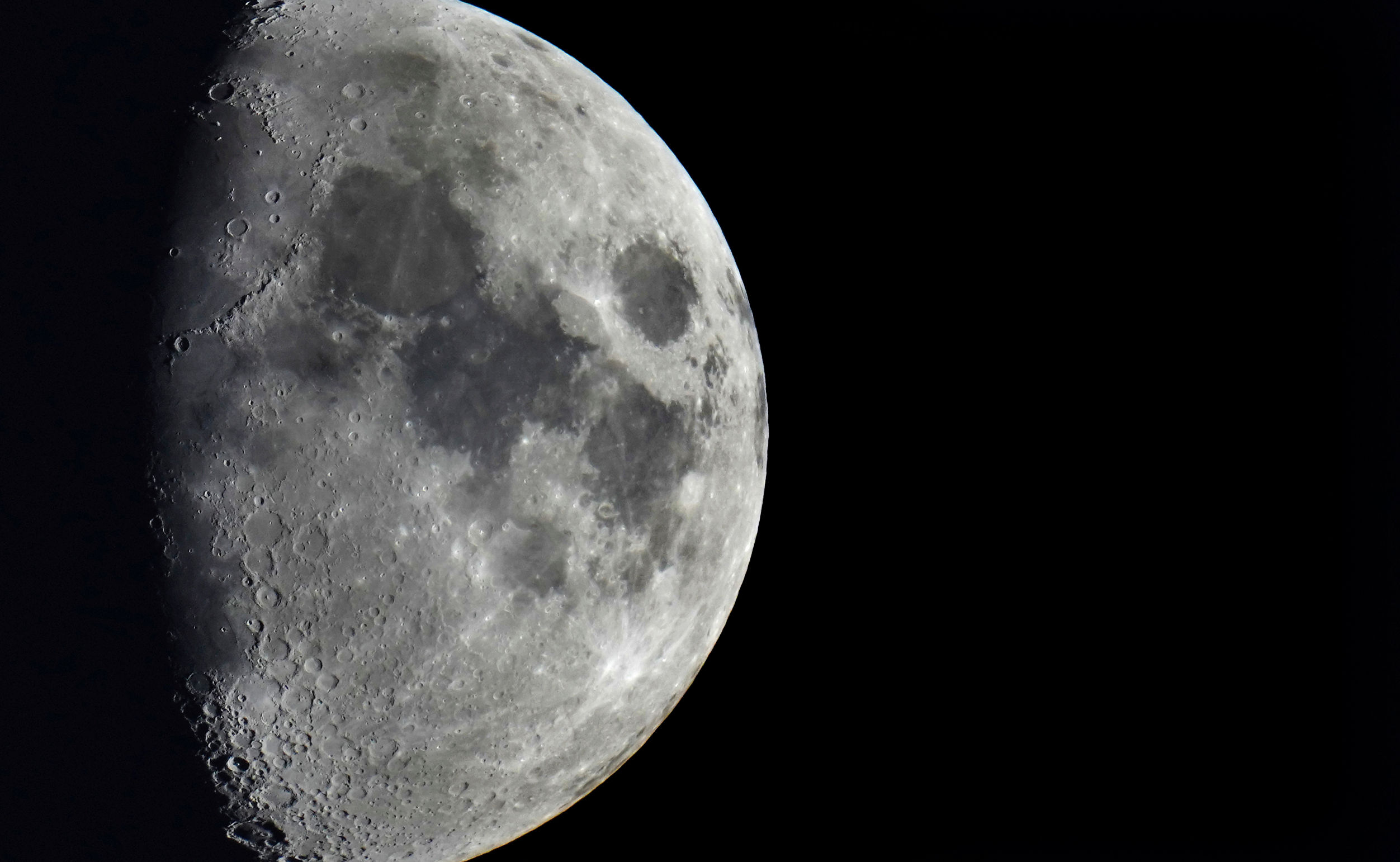The China National Space Administration recently received approval from the government to launch three more unmanned Moon missions over the next 10 years.
The move is likely to heap additional pressure on NASA, which has already been struggling to launch the Artemis I rocket after it delayed the launch twice.
Over the past few years, China has been actively working to make its own Moon exploration activities more frequent in an attempt to catch up to the United States. As a result, the two nations will likely get caught up in a race to the Moon. The last time there were humans on the Moon was in 1972, who went on the last mission of the Apollo programme, the Apollo 17.
What is the Chang’e Project?
The Chinese Lunar Exploration Program, also known as the Chang’e Project, is a series of robotic Moon missions planned, designed and launched by the China National Space Administration. As the name implies, it is an effort to explore the Moon, but is also supposed to pave the way for the country to conduct a manned mission to the Moon. In addition, China also wants to set up an autonomous robotic research station.
The name Chang’e comes from the Chinese goddess of the Moon. It was officially announced back in 2004, nearly two decades ago, and is divided into four main operational phases, with each phase serving as a demonstration for future missions. Every single spacecraft is named Chang’e with sequential numbering.
Phase I
Chang’e-1 launched in October 2007 after its launch was delayed from the original date in April that year. This spacecraft was a lunar orbiter, designed to simply enter the Moon’s orbit, stay there and record data on the satellite’s surface. As part of its mission, the Chang’e-1 generated a high definition 3D map of the Moon’s surface and also mapped where useful minerals were located.
Chang’e-2 launched three years later in 2010 and was designed to create another 3D map of the Moon. In addition, it was used to test China’s proprietary telemetry, tracking, and command system.
Phase II
The second phase of the Chang’e Project involved making lunar landings with rovers. The Chang’e-3 launched in 2013, carrying along with it a lunar rover name Yutu. The rover was designed to explore a 3 square kilometre area over a 3-month mission. However, the rover spent two weeks in the long lunar night but suffered technical malfunctions on the second night. Shortly after, it became immobile but its instruments were functioning and able to send back data to China. It finally stopped working in 2016.
The Chang’e-4 launched in 2018 and landed in 2019. So far, it has been the only spacecraft to land on the dark side of the moon. It carried the Yutu-2 and is still operational today.
Phase III
The Chang’e-5 mission was the only one launched in this phase of the the lunar program. It was designed to collect a lunar sample and return to Earth. It landed on December 1, 2020 and was back on terra firma by December 16, 2020 having collected one kilogram of Moon soil.
The CNSA conducted research on the soil samples and announced the discovery of a new mineral it has dubbed Changesite-(Y). With the discovery, the space agency has received the go-ahead to execute more unmanned Moon missions.
Phase IV
The next set of mission from the CNSA are towards establishing a robotic research station on the south pole of the Moon. To achieve this, three more lunar missions are being planned, with two scheduled to be launched in 2024, and the final one being launched in in 2027.
Chang’e-6 will investigate the topography of the South Pole-Aitken basin and will collect lunar samples to return to Earth.
The Chang’e-7 will deploy a rover as well as a mini-flying probe to investigate the south pole and conduct a survey of the environment and resources available there.
Not much is known about the Chang’e-8 except that it will launch in 2027 and will be carrying a 3D-printer which will utilize lunar materials to test whether a structure can be built using said materials.
China is planning to send manned spacecraft sometime in the 2030s but has not made any commitments about the program. Similarly, in 2021 it announced that it would be partnering with Russia to build a Moon base and has invited international space agencies to join their work. The International Lunar Research Station project has been set up as a direct competitor to the American Artemis Program.
Helium-3 mining
While the project has its roots in Lunar exploration, the project has now involved to research and extract metal reserves found on Earth’s satellite plant. This includes Titanium but also helium-3, which is being touted as a future source of fuel by scientists. While there is helium-3 on Earth, the Moon has much larger reserves.







